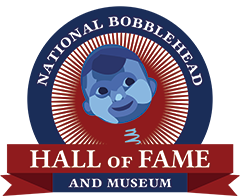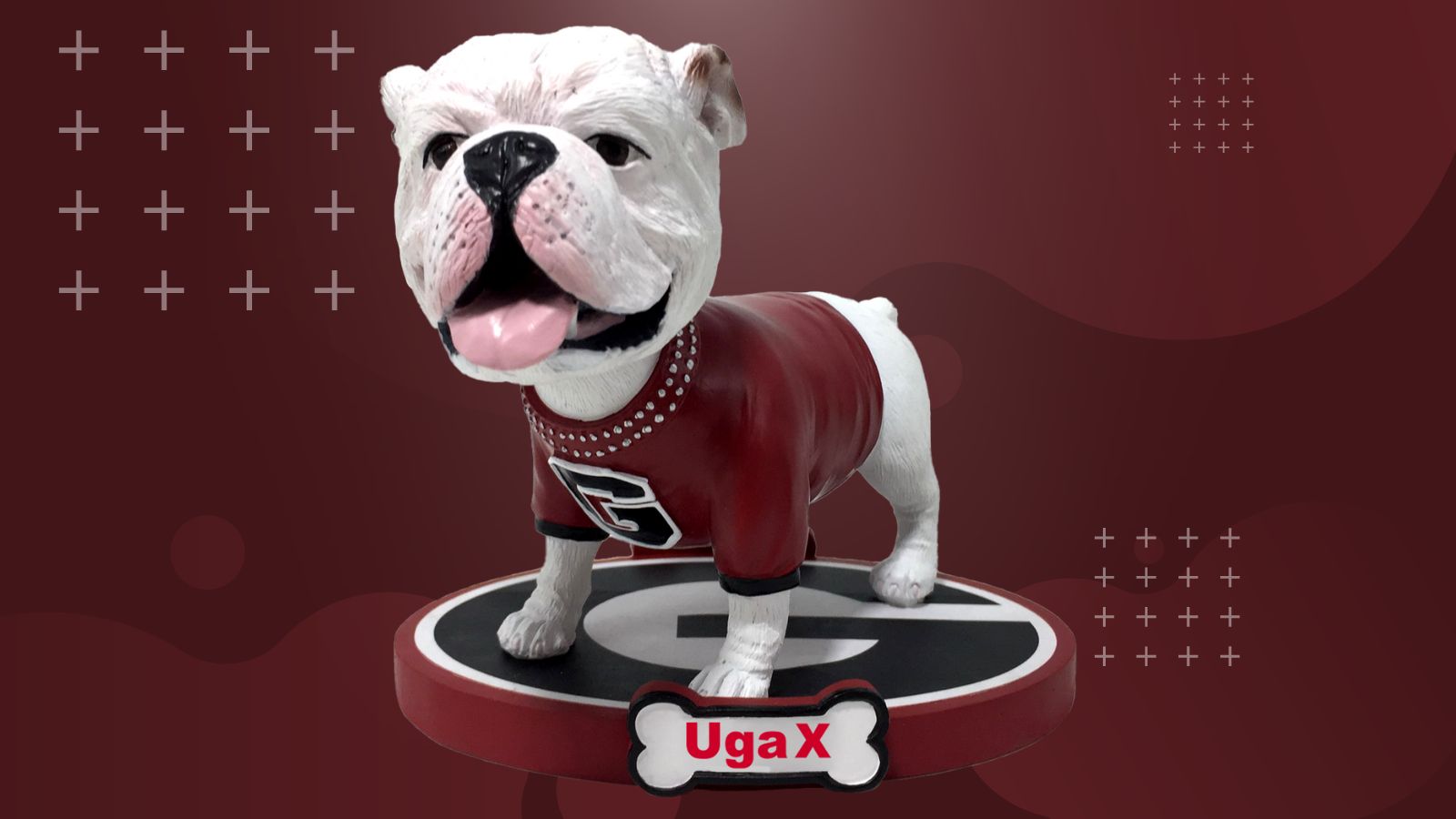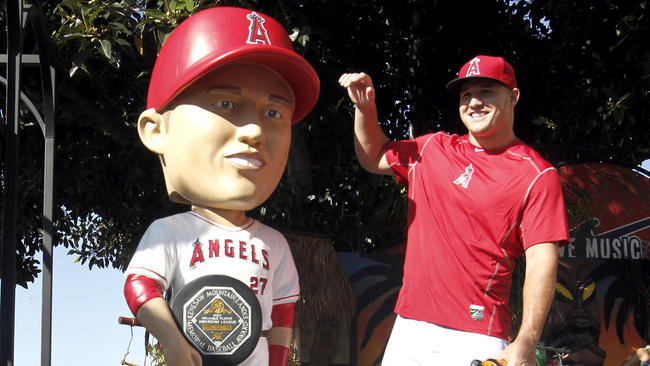
When National Bobblehead Day Isn’t A Laughing Matter By Paula Jacobs
Mark your calendar: January 7th is the 3rd Annual Bobblehead Day. Ordinarily I would pay as little attention to National Bobblehead Day as to “Name Your Car Day” and those sundry national calendar days promoted on social media feeds. But during these extraordinary times, I can’t stop thinking about the bobblehead that I inherited — a troubling stereotype which I’ve stashed away out of sight. The doll is a caricature of a kippah-wearing, dark-haired Jew with a large and prominent red nose, drooping eyelids, and fat, thick lips. This figurine bears the caption, “Have Yamalke [sic] Will Travel,” a phrase likely derived from “Have Gun Will Travel,” a television show popular in the early sixties. While Jewish kitsch can be humorous, it’s not always a laughing matter. These days, as anti-Semitism rears its ugly head, we need to think seriously about the intrinsic meaning of the seemingly harmless dreck that adorns the shelves of our homes, souvenir shops and social media pages. x We scream and yell when swastikas appear on our walls, when anti-Semitic epithets are hurled at high school sports games, and when books such as Mein Kampf or The Protocols of the Elders of Zion resurface on bookseller shelves. Yet when it comes to cutesy -— or maybe not so cute —- Jewish kitsch, we often turn the other cheek or shrug these tchotchkes off like tasteless jokes. Rather than dismissing these items merely as silly stuff, we need to bear in mind the pernicious consequences when hate groups launch pictorial assaults, distribute anti-Semitic memes, and post defamatory tweets that spew hatred and encourage bigotry. As we learned during the recent presidential campaign, white supremacists are extremely skillful in using social media to disseminate their hateful ideology, promote a racist agenda, and stir up anti-Semitism and racial violence. The emergence of the alt-right as a loud and vocal force today requires heightened sensitivity to bobbleheads and other kitsch commercially available or displayed on the web. That includes careful monitoring of anti-Semitic objects and any items that negatively portray and stereotype racial, ethnic, minority, and marginalized groups. We also need to determine where to draw the line between the acceptable and what’s downright offensive or blatantly anti-Semitic. A hassidic action figure may seem tasteless but it pales in comparison to the item advertised last year on an Internet auction site as “an anti-Semitic bobble-head money box bank” depicting a begging Jew. Jews must be hyper-vigilant considering our long history with anti-Semitism throughout the centuries. We know far too well from experience the far-reaching consequences of anti-Semitic caricatures — from anti-Jewish images during the Middle Ages to cartoons of hook-nosed Jews published in Der Stürmer as Nazi propaganda material, and more recently, anti-Semitic memes and images which have contributed to the recent uptick in anti-Semitic incidents across America. When we discover such objects marketed commercially or encounter pictorial and verbal assaults from the alt-right, we should act quickly, decisively, and proactively. In addition to publicizing these finds, it’s important to contact human rights groups such as the ADL or the SPLC. We also need to examine these items critically, from both an historical and contemporary perspective. In today’s environment I see the “Have Yamalke Will Travel” bobble-head as a distasteful and provocative object. In the 1960’s, American Jews may have simply viewed this item as a funny figurine, perhaps a symbol of Jewish acculturation into the fabric of American life — an America where they felt safe and secure and where they could wear their Jewish identity, i.e. kippot, openly and proudly. Displaying a tacky item fifty years ago in the privacy of one’s home was one matter. But in the digital age, an online posting goes viral and can be shared instantly with millions of viewers, including Internet trolls who use pictorial images to stoke the flames. For example, when Jewish groups protested that an Anne Frank bobble-head was in poor taste, it became fodder for white supremacist sites such as The Daily Stormer, right-wing bloggers, and Internet trolls who used it to their advantage to vilify Jews and disparage the Holocaust. So what do I do with that bobble-head that’s in my possession? I’m certainly not displaying it in my home. Nor do I intend to sell something that could get into the wrong hands and be used for sinister purposes. I also will not dump this model in the trash because of its historical and educational value — as a way to educate about the impact of negative caricatures to promote racial violence, genocide, and hate crimes. Instead, I plan to donate this item to a school, museum, or human rights organization that can use this piece as a teaching tool.


